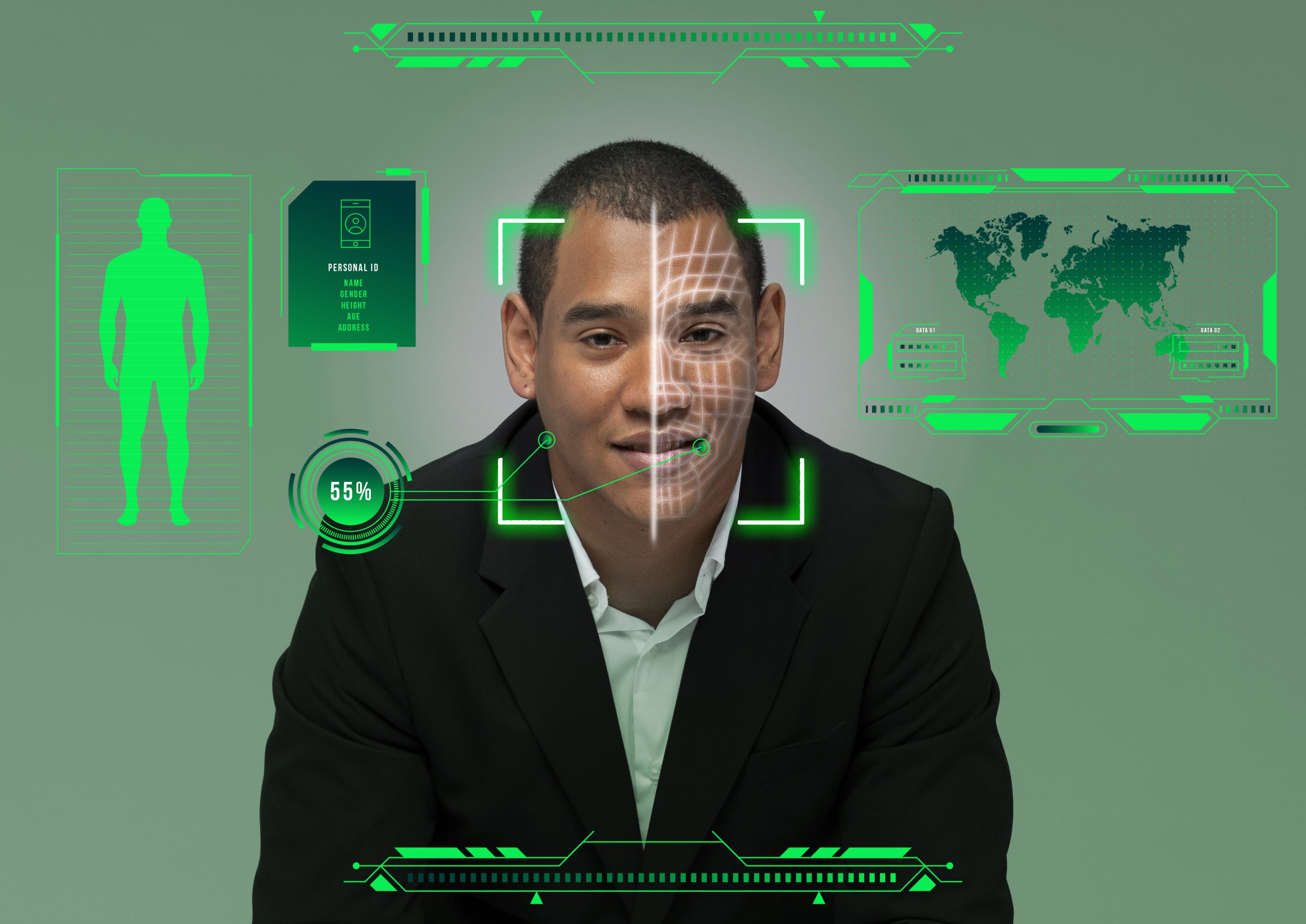Introduction
Face recognition technology has rapidly evolved over the past decade, becoming an integral part of security systems, smartphones, and various other applications. As we move through 2024, this technology continues to advance, offering exciting possibilities and new challenges. In this blog post, we will explore the latest trends in face recognition technology and predict what the future holds.
The Current State of Face Recognition Technology
Face recognition technology has seen significant advancements in accuracy and speed. Today, it is used in a variety of sectors, from security and law enforcement to retail and healthcare. Key developments include:
Enhanced Accuracy: Modern algorithms achieve near-perfect accuracy rates, even in challenging conditions.
Speed Improvements: Real-time face recognition is now a reality, thanks to advancements in processing power.
Integration with Other Technologies: Face recognition is increasingly being integrated with AI, IoT, and big data analytics.
Emerging Trends in Face Recognition for 2024
As we progress through 2024, several trends are shaping the future of face recognition technology:
AI and Deep Learning: The use of AI and deep learning algorithms is enhancing the precision and capabilities of face recognition systems.
Privacy and Ethical Considerations: There is a growing focus on privacy and ethical implications, with new regulations being introduced to ensure responsible use.
Wearable Technology: Face recognition is being integrated into wearable devices, offering new possibilities for personal security and convenience.
Smart Cities: The adoption of face recognition in smart city initiatives is increasing, aimed at improving public safety and urban management.
Predictions for the Future
Looking ahead, here are some predictions for how face recognition technology will evolve:
Increased Adoption in Healthcare: Face recognition will play a crucial role in patient identification and personalised healthcare.
Advanced Security Systems: Enhanced security systems will use face recognition to prevent unauthorised access and detect threats.
Contactless Payments: The rise of contactless payments using face recognition will make transactions faster and more secure.
Global Standardisation: Efforts to standardise face recognition technology and its applications globally will gain momentum.
Conclusion
Face recognition technology is set to transform various aspects of our lives, offering both opportunities and challenges. Staying updated with the latest trends and understanding the potential future developments can help businesses and individuals leverage this technology effectively. As we continue to innovate, it’s essential to balance technological advancement with ethical considerations to ensure a secure and privacy-respecting future.

